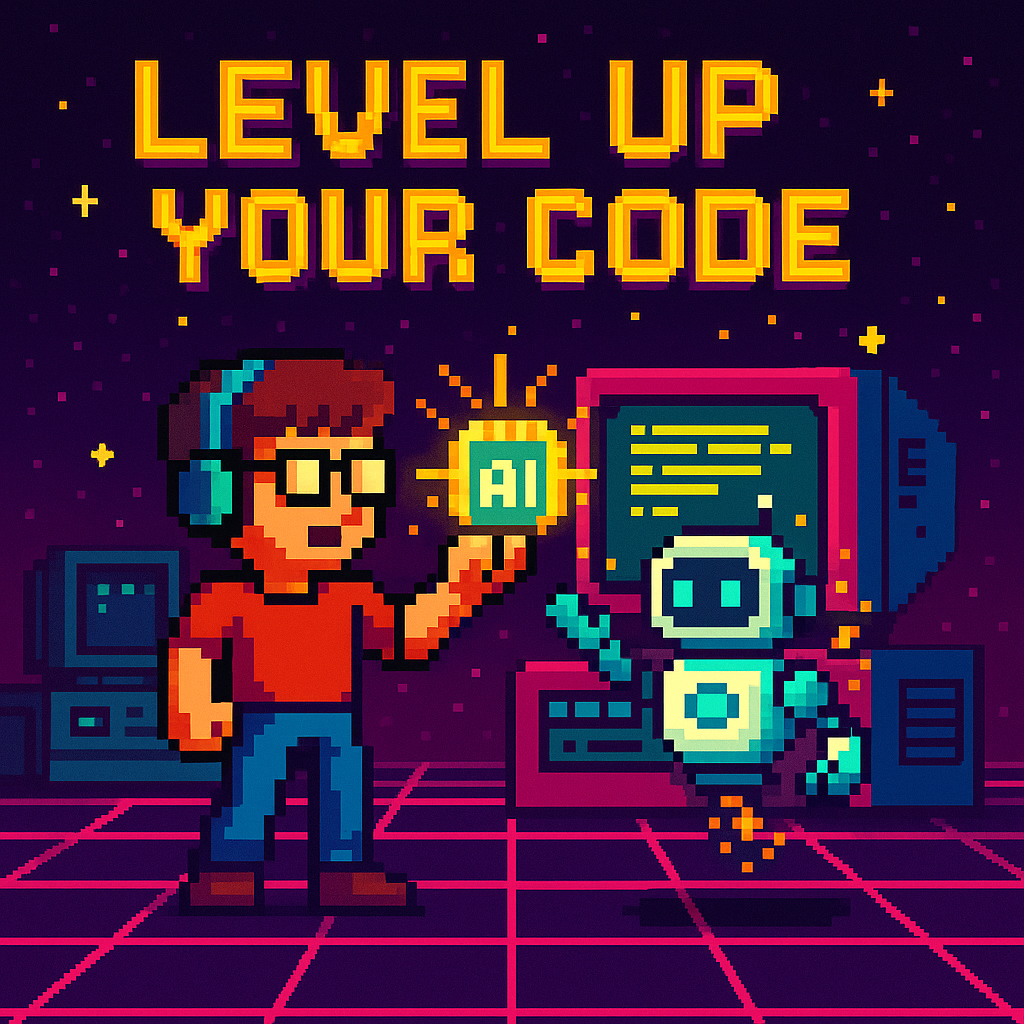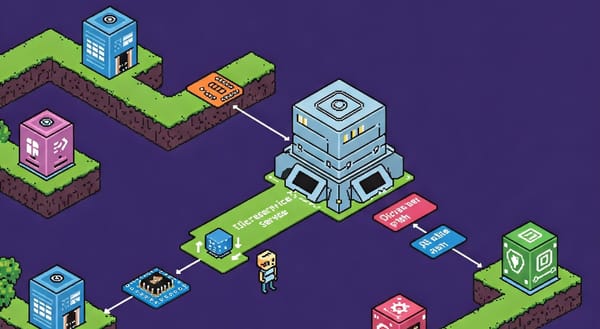AI Has Given Us Coding Superpowers—Now What?

Let’s be honest: tools like Cursor and Copilot have changed the game. Watching one turn a single comment into full-blown code is a genuine jaw-dropper. Suddenly, side projects that used to swallow up half a year feel like weekend experiments. Got a random idea for a data pipeline that talks to your smart fridge? Sketch it out—your AI sidekick is ready.
That rush of possibility reminds me of Ian Malcolm’s warning in Jurassic Park: “They were so busy asking if they could, they never asked if they should.” It fits here, too. Sure, we could have the AI whip up an operating system in LOLCODE just because—but should we?
And that’s the best part of this revolution. Because the assistant handles the boilerplate and syntax quirks, we get to spend our energy on the questions that matter:
- Is the architecture solid?
- Does the experience feel right to real users?
- Are we solving the problem in the simplest, smartest way?
Less time fixing semicolons means more time thinking strategically. We’re moving from code-monkey mode to true design and problem-solving—AI handling the grunt work while we focus on the vision.
So here’s the takeaway: these tools don’t just speed us up; they raise the ceiling on what we can dream up. We can prototype faster, learn faster, and build things that have real impact because we’re finally free to ask why and what—not just how.
In other words, we get to be both the excited scientist and the thoughtful Ian Malcolm. We can marvel at what’s possible and still make sure it’s purposeful.
The big question: now that the AI handles the heavy lifting, what amazing thing will you build?





